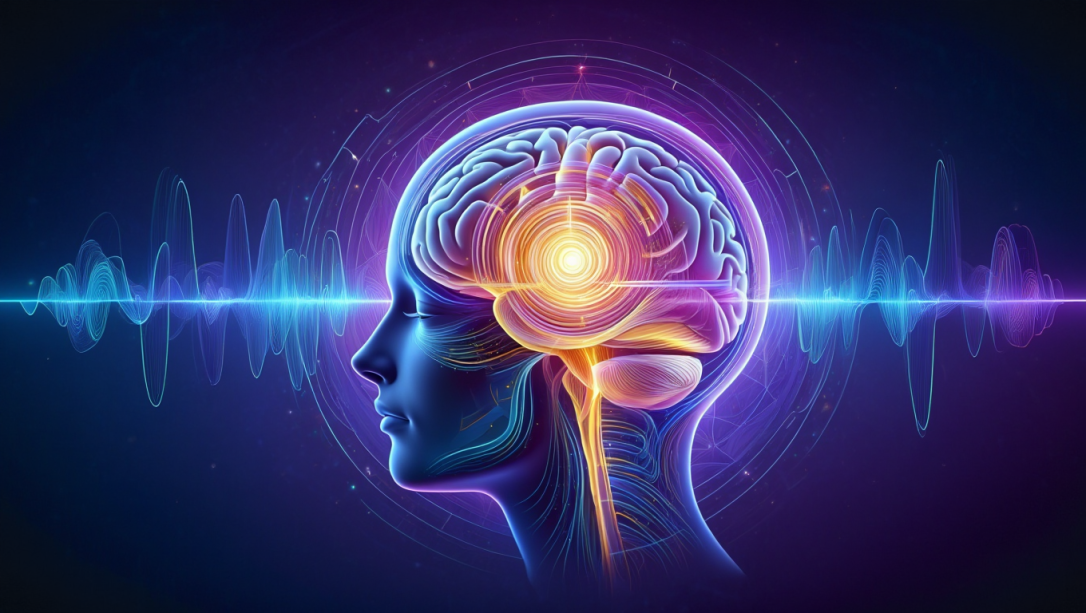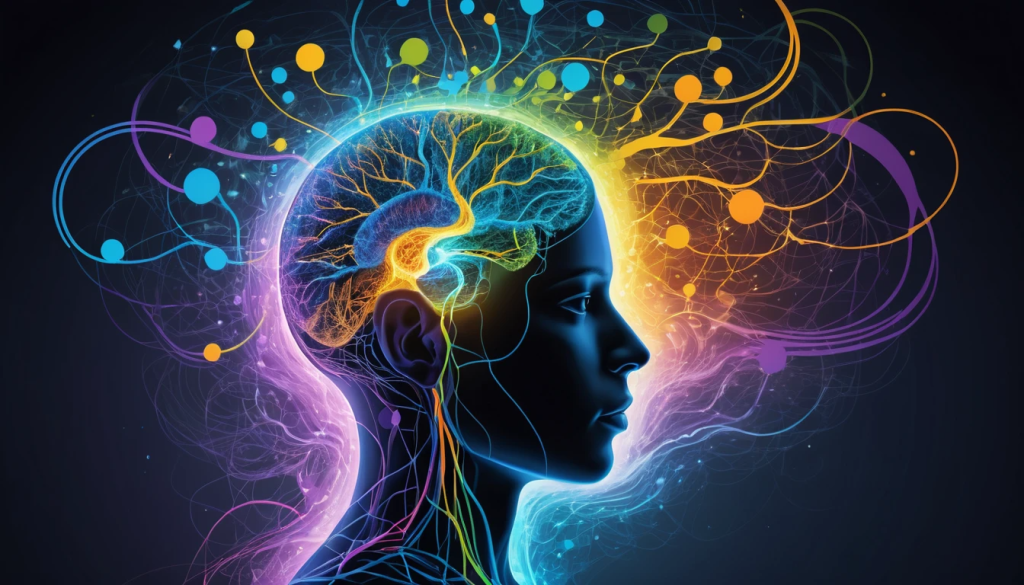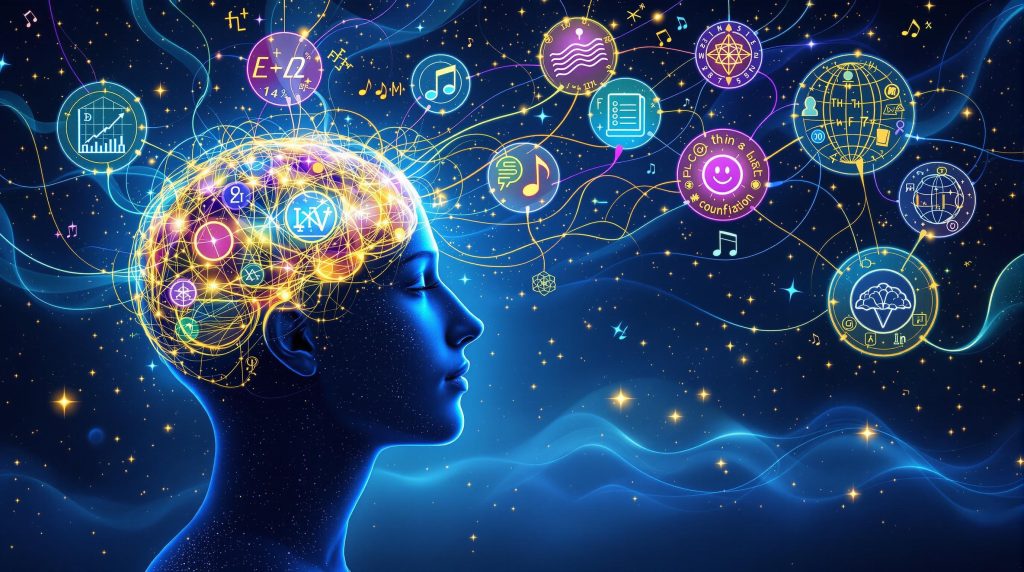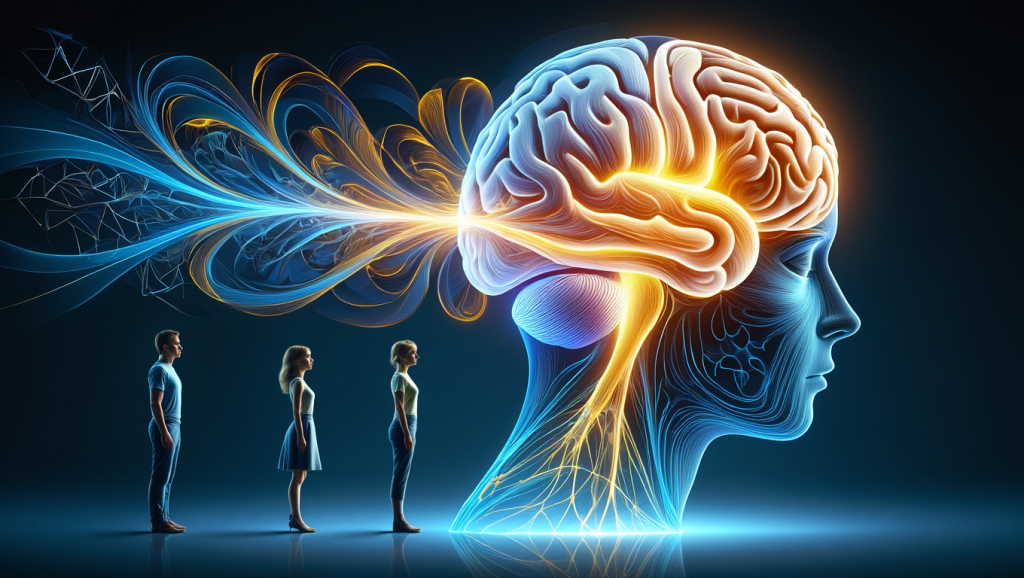Have you ever wondered how to take your personal development practice to the next level? The answer might lie in combining two powerful mental technologies: self-hypnosis and brain entrainment. When used together, these techniques can create a synergistic effect that dramatically enhances your ability to reprogram your mind, reduce stress, and achieve your goals.
Understanding the Power Duo
What Is Self-Hypnosis?
Self-hypnosis is a technique that allows you to enter a state of focused attention and heightened suggestibility. In this state, you can more effectively communicate with your subconscious mind, making it easier to:
- Release limiting beliefs
- Establish new, empowering thought patterns
- Visualize and manifest your goals
- Process emotions and heal past traumas
Unlike stage hypnosis, self-hypnosis keeps you in control throughout the process. You’re simply accessing a natural state where your mind becomes more receptive to positive suggestion.
What Is Brain Entrainment?
Brain entrainment uses rhythmic stimuli—most commonly sound—to guide your brainwaves into specific frequencies. Your brain naturally follows these external rhythms through a process called the “frequency following response.”
Different brainwave states include:
- Beta (13-30 Hz): Alert, focused, engaged in problem-solving
- Alpha (8-12 Hz): Relaxed alertness, light meditation, learning
- Theta (4-7 Hz): Deep meditation, creativity, intuition, REM sleep
- Delta (0.5-3 Hz): Deep, dreamless sleep, healing, regeneration
- Gamma (30-100 Hz): Higher mental activity, peak concentration
Brain entrainment technologies include isochronic tones, binaural beats, and monaural beats, each with unique advantages.
Why Combine These Techniques?
When you use self-hypnosis and brain entrainment together, you’re essentially creating the perfect environment for mental reprogramming:
- Brain entrainment prepares the soil: By guiding your brain into specific frequencies (particularly alpha and theta), entrainment creates the ideal neurological state for hypnotic suggestion.
- Self-hypnosis plants the seeds: Once in this receptive state, self-hypnosis allows you to introduce powerful affirmations and visualizations that can take root much more effectively.
- The combination deepens the experience: Many users report that entrainment helps them reach deeper hypnotic states faster than they could with traditional self-hypnosis alone.
How to Combine Self-Hypnosis and Brain Entrainment
Step 1: Choose the Right Entrainment Track
Select a brain entrainment track designed for the mental state you want to achieve:
- Alpha tracks (8-12 Hz) for light trance, relaxation, and learning
- Theta tracks (4-7 Hz) for deep trance, creativity, and emotional processing
- Delta tracks (0.5-3 Hz) for sleep improvement and deep healing
Isochronic tones often work best for self-hypnosis as they don’t require headphones and provide strong, clear pulses that your brain can easily follow.
Step 2: Prepare Your Self-Hypnosis Script
Before beginning, have a clear intention. Create or select a hypnotic script focused on your specific goal:
- Weight management
- Confidence building
- Stress reduction
- Pain management
- Goal achievement
- Breaking unwanted habits
You can record your own script or use pre-recorded self-hypnosis audio that aligns with your goals.
Step 3: Create the Perfect Environment
Set up a quiet, comfortable space where you won’t be disturbed for at least 20-30 minutes. Consider:
- Dimming the lights
- Using a comfortable chair or cushion
- Having a light blanket available (body temperature often drops in trance)
- Ensuring phones and devices are silenced
Step 4: The Combination Practice
- Begin with the entrainment: Start playing your selected brain entrainment track at a comfortable volume.
- Progressive relaxation: Take 3-5 minutes to relax your body systematically from head to toe, synchronizing your breath with the rhythm of the tones.
- Enter the hypnotic state: Once physically relaxed, use a countdown method or visualization (like descending stairs) to deepen your trance.
- Introduce suggestions: When you feel sufficiently relaxed (usually after 5-10 minutes of entrainment), begin your self-hypnosis script or affirmations.
- Visualization: Engage multiple senses to vividly imagine already having achieved your desired outcome.
- Emerge gradually: When complete, count yourself back to full awareness, feeling refreshed and positive.
Amplifying Your Results: Advanced Techniques
1. The 21-Day Compound Effect
Neuroplasticity research suggests that consistent practice creates lasting neural pathways. Commit to a daily 21-day program using the same combination of entrainment and self-hypnosis for one specific goal.
2. The Theta-to-Alpha Bridge
For deeply embedded issues, begin with theta entrainment to access the subconscious, then gradually transition to alpha entrainment when introducing solutions and new beliefs. This creates a bridge between deep insight and practical implementation.
3. Emotional Freedom Technique (EFT) Integration
Before your combined session, spend 5 minutes using EFT tapping on any resistance or blocks you feel toward your goal. This clears the path for more effective hypnotic suggestion.
4. Reality Testing
After regular practice, test your results in real-world situations. This feedback loop helps your subconscious recognize and reinforce successful changes.
Common Questions About Combined Practice
How long should each session be?
For optimal results, aim for 20-30 minutes. Less than 15 minutes may not allow enough time to reach deep states, while sessions over 45 minutes might lead to sleep rather than productive trance.
How quickly will I see results?
Many people report feeling immediate benefits such as reduced stress and improved mood. More significant changes in behavior and thought patterns typically emerge after 1-3 weeks of consistent practice.
Can I use this combination for deep trauma work?
While these techniques can support emotional healing, working with a qualified therapist is recommended for processing significant trauma. Consider these tools as complementary to professional support.
Is it safe to use both techniques together?
Yes, combining these methods is safe for most individuals. However, those with epilepsy should consult a doctor before using brain entrainment, and anyone with serious mental health conditions should work with their healthcare provider.
Conclusion: Your Neural Symphony
Think of combining self-hypnosis and brain entrainment as conducting your own neural symphony. The entrainment provides the rhythm and tempo, while self-hypnosis contributes the melody and lyrics. Together, they create a powerful composition for transformation.
By harnessing the science of brainwave states and the art of subconscious reprogramming, you’re not just dabbling in personal development—you’re engaging in precise mental engineering based on decades of research in neuroscience and psychology.
Ready to experience this powerful combination? Explore our specialized audio programs that seamlessly integrate brain entrainment with guided self-hypnosis at [Your Website]. Your journey to an upgraded mind begins with a single session.
Have you tried combining self-hypnosis with brain entrainment? Share your experiences in the comments below!







